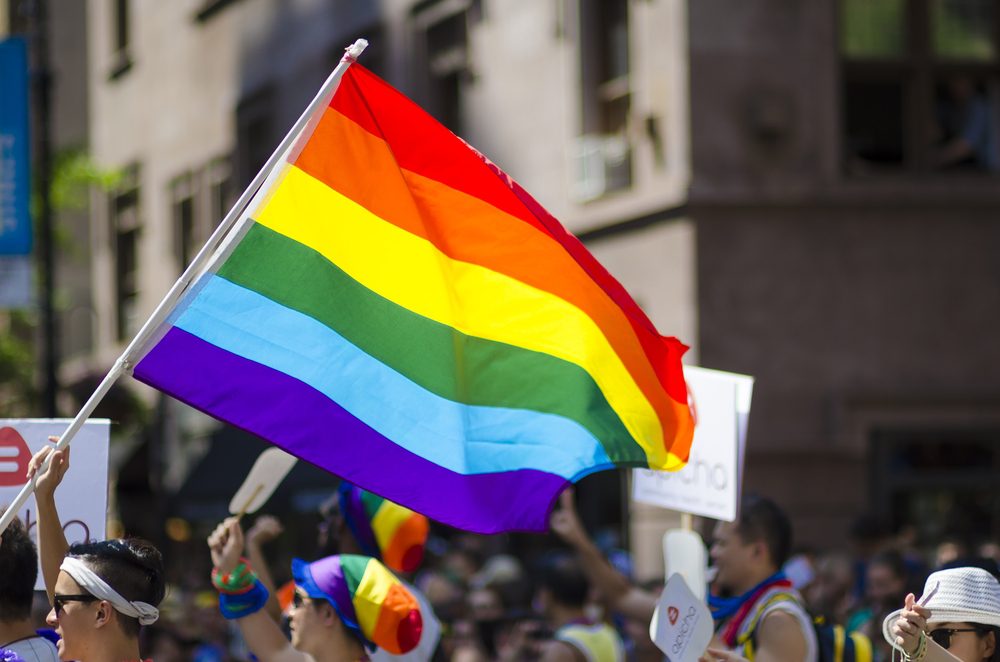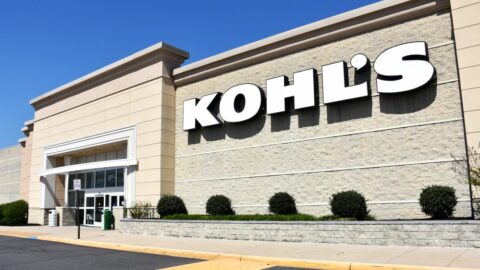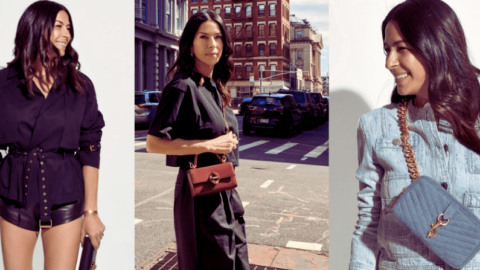The way retailers speak to the LGBTQ community and portray its members in their marketing can have a significant impact on consumers’ perception of the brand: 31% of shoppers say they are somewhat or definitely more likely to buy from LGBTQ-inclusive brands, according to a survey by FocusVision. Nearly 40% of respondents reported having a more positive impression of a brand after seeing an LGBTQ-inclusive advertisement.
However, retailers won’t always benefit from presenting themselves as advocates for the LGBTQ community; 19% of respondents said LGBTQ-inclusive ads gave them a negative impression of the brand. Additionally, surveyed consumers were evenly split on whether they felt brands should advocate for the LGBTQ community. To help determine the best course, retailers should learn how their particular base feels about the issue, and act accordingly.
“I think that there is more of an acceptance moving on the LGBT community.,” said Zoe Dowling, Lead Researcher at FocusVision in an interview with Retail TouchPoints. “People feel there is a good amount of representation, and some even feel there should be more. For brands and retailers it’s about asking their customers and audience about what they’re looking to see, and creating a strategy around that.”
One round of questions isn’t enough, and retailers should be prepared to dig deeper into their shoppers’ attitudes and desires, according to Dowling. The discussion should uncover topics customers care about that may not be immediately obvious, which can be followed up on during future surveys or focus groups.
Avoid Contrived, Inauthentic Messaging
When developing LGBTQ content, retailers need to ensure they are taking an approach that their customers appreciate. Dissatisfaction with LGBTQ representation in the media is often due to inaccurate portrayals or “contrived” placement. To avoid this pitfall, retailers should reach out to the LGBTQ community and make sure their outreach comes across correctly.
“A couple of our respondents were against some of the messages they were shown because it felt like the brands were cashing in on this, and it doesn’t feel true and authentic,” said Dowling. “I think that ultimately speaks to why you would want to speak to people directly from that community, to make sure your messages are hitting the mark and you’re not seen as just jumping on a bandwagon.”
If a retailer chooses to become an advocate for LGBTQ issues, the topic should become an overall part of the company’s culture, not just part of Pride Month or the occasional ad, according to Dowling. Retailers should host events related to the topic and offer support for their employees, which demonstrates genuine support for the community.
However, retailers face backlash even when their LGBTQ-inclusive marketing is perceived as authentic. While one-third of consumers want to see more LGBTQ representation in media, another third felt there should be less. Ultimately, retailers need to handle the issue in a way that remains true to their core brand and beliefs.
“It’s all about your strategy, how can you do things in a way that is truly authentic to the brand, and knowing that actually maybe if you take a stand on something you might not resonate and it may make you lose some customers,” said Dowling. “But what we also found was that it’s not as many as you might expect. There are some people that may feel this is not for them at all, and feel quite strongly about it, but no matter what you do you’re never going to please everyone.”













